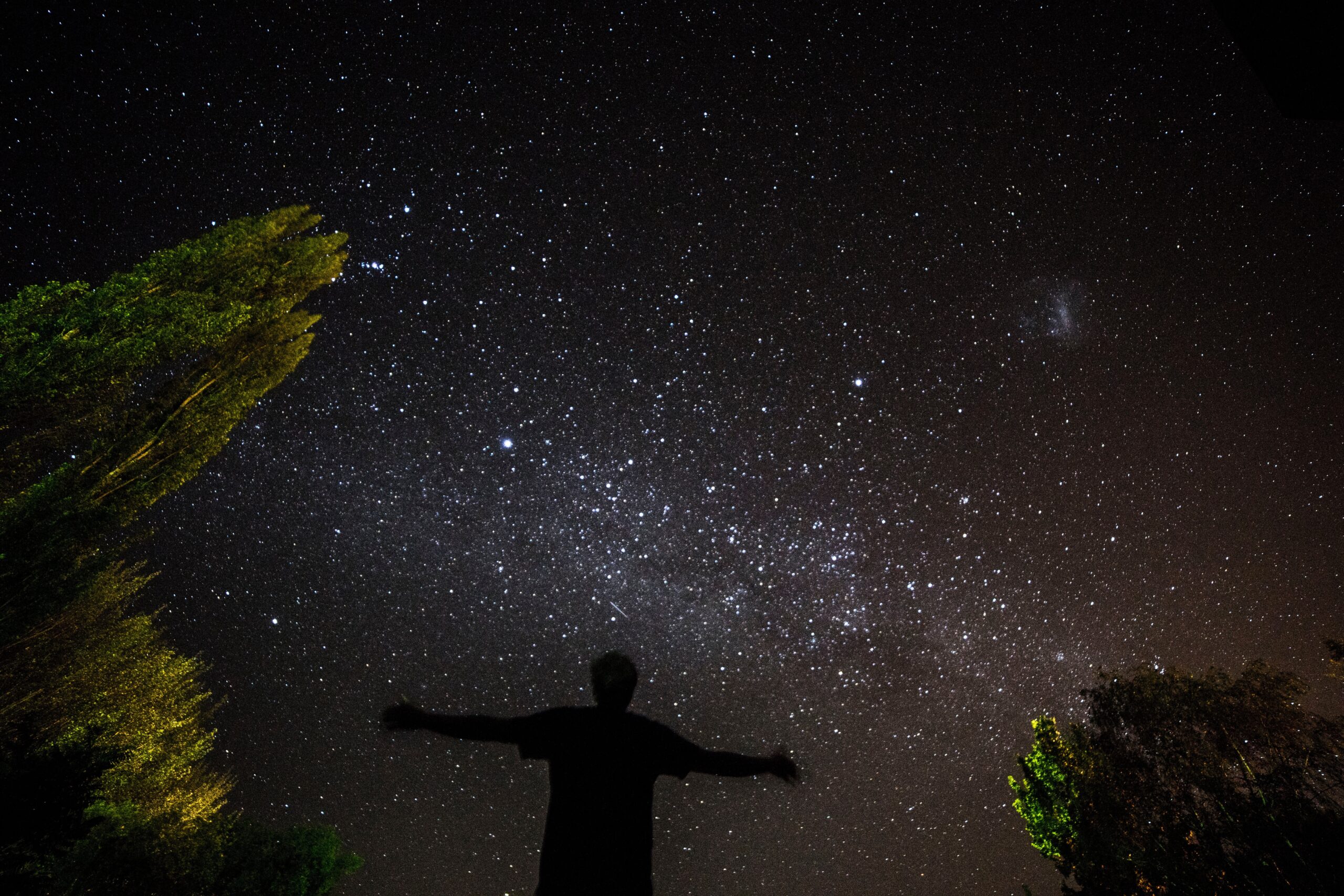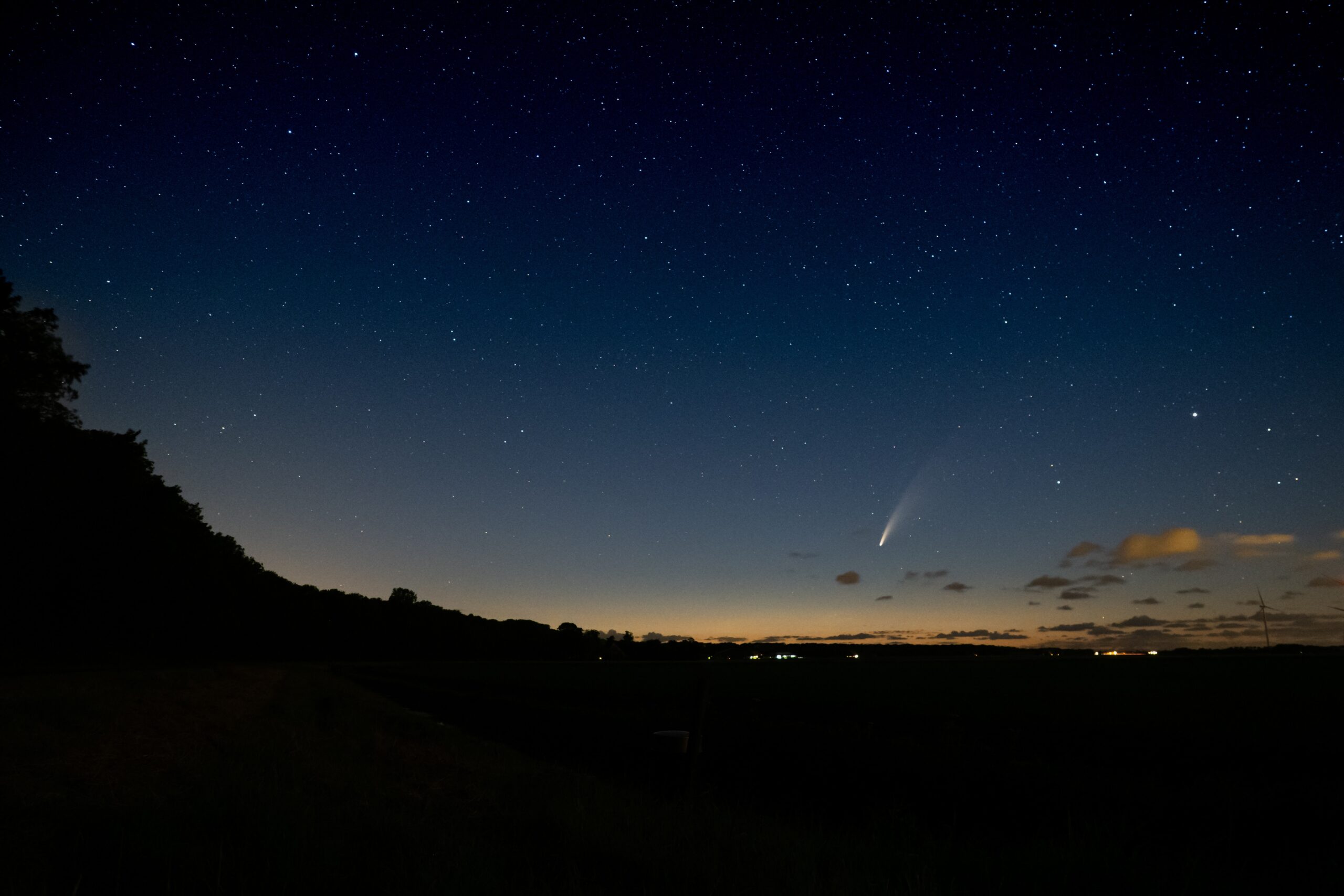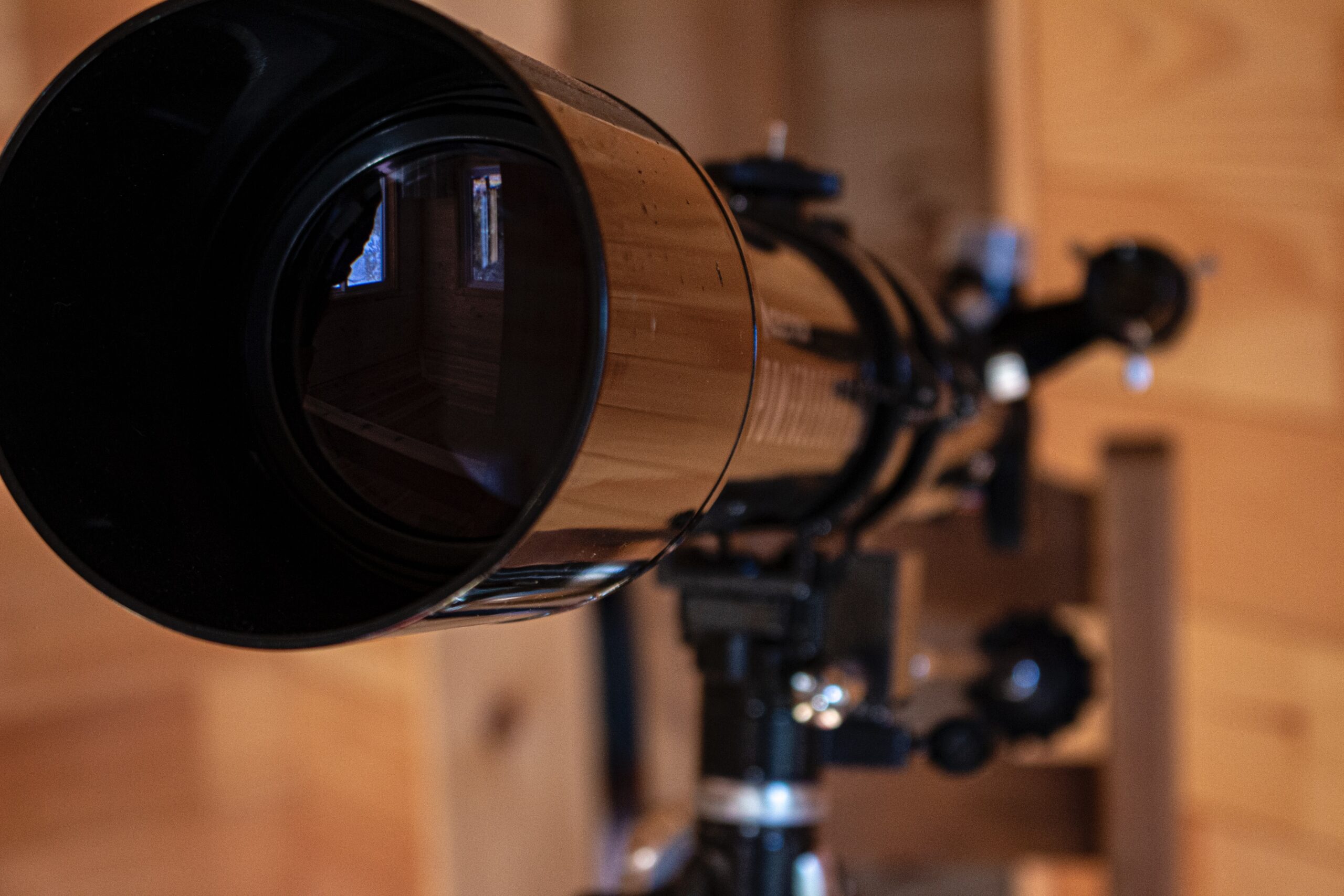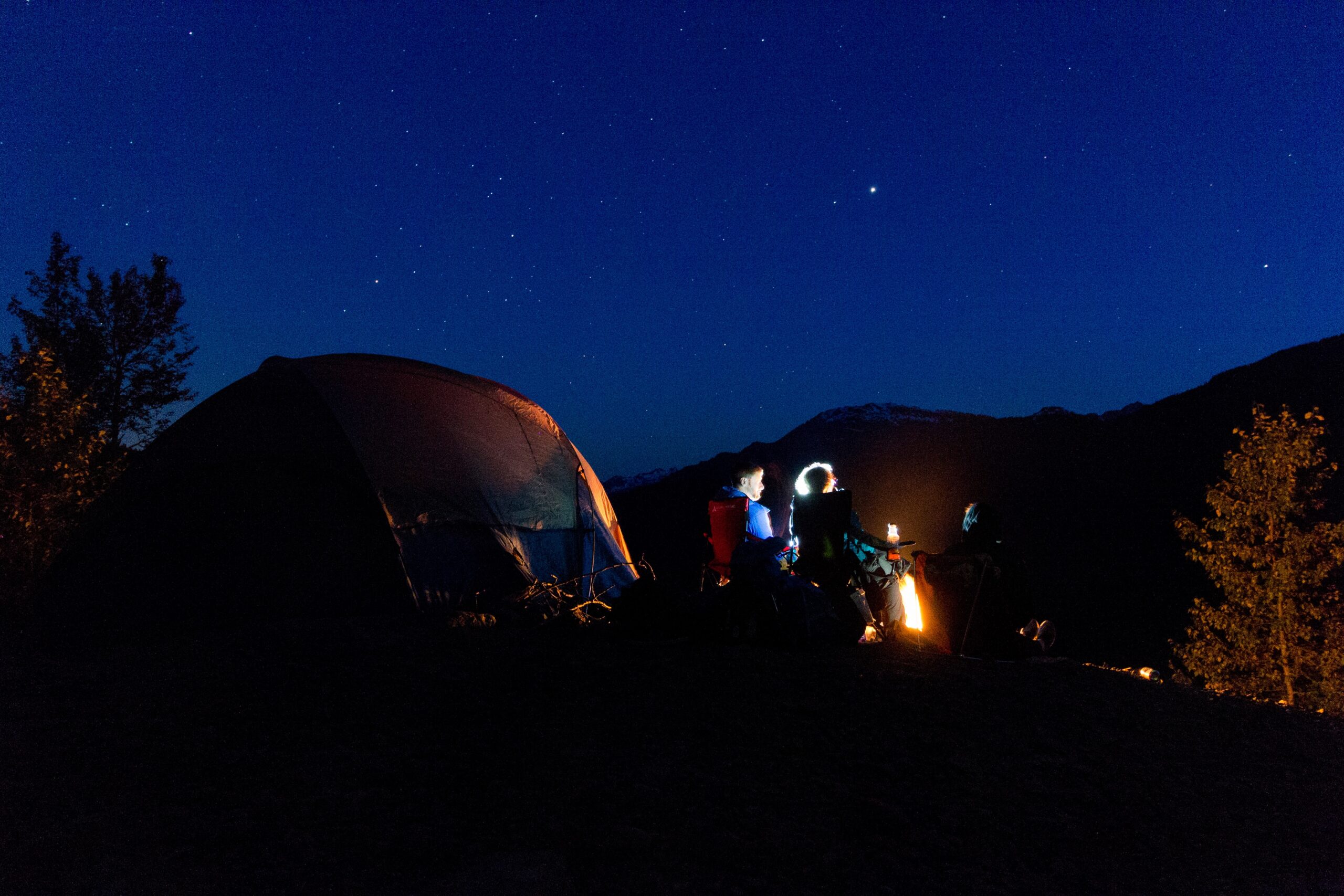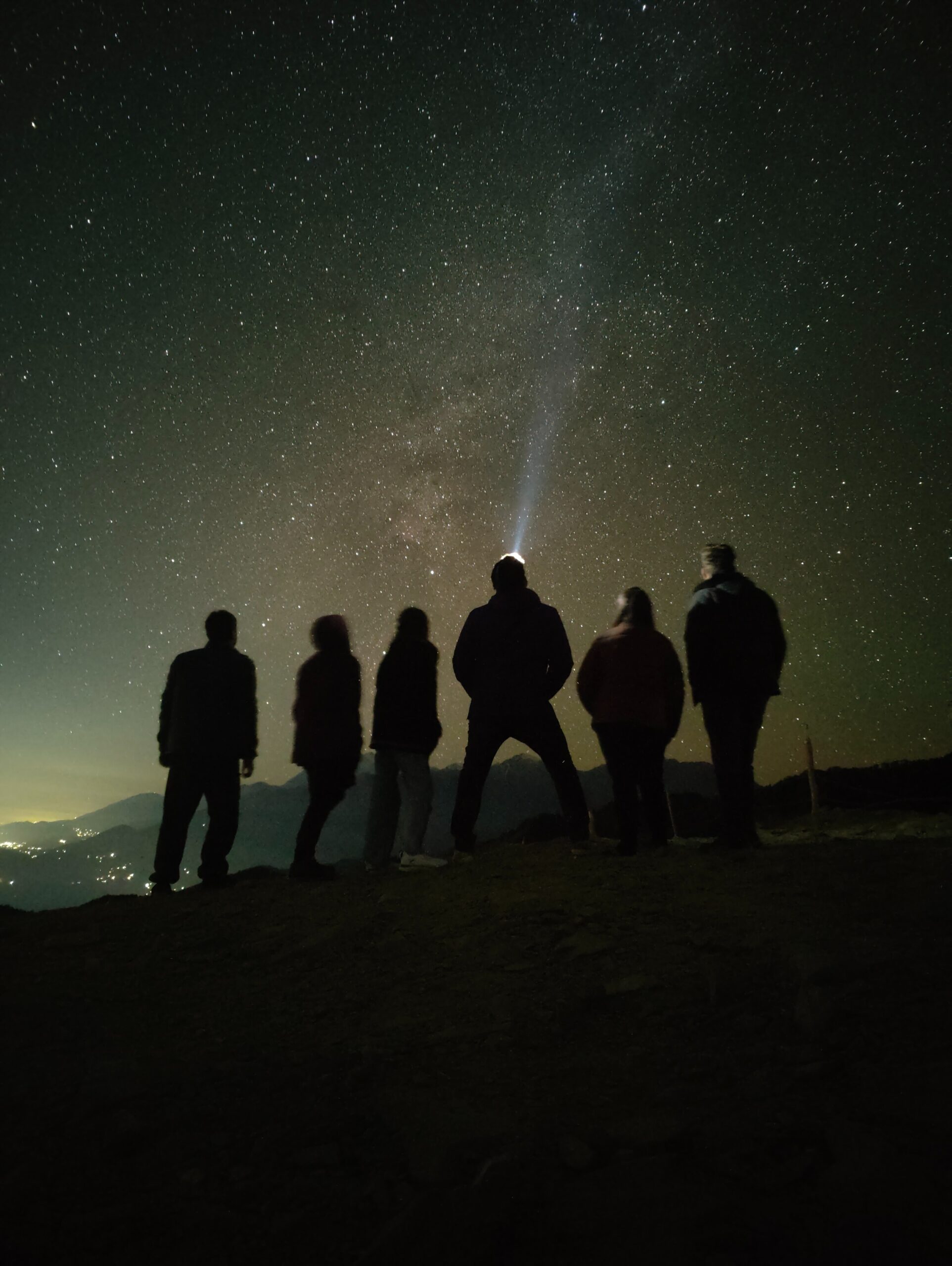A telescope is an essential tool for anyone who wants to investigate the mysteries of the night sky. It is the key to the mysteries concealed beyond the reach of the unaided eye, unveiling celestial wonders that have astounded people for ages.
For those who are keen to start or expand their astronomical explorations, this article offers an insightful journey. This guide is intended to be your reliable companion when exploring the vast cosmos, regardless of your level of experience or desire to upgrade your equipment.
We will discuss useful advice for choosing the best telescope for your particular requirements and areas of interest. Whether you’re interested in deep-sky observations, planetary studies, or stargazing, this guide will point you in the direction of the ideal tool to help you achieve your space goals. Accompany us on this cosmic journey and allow the cosmos to reveal its wonders via your telescope.
The Joy of Stargazing
For years, humans have been fascinated with the ageless and captivating activity of stargazing. It is the skill of observing the celestial wonders, ranging from far-off galaxies to shimmering stars, that adorn our night sky. Looking up at the sky is a simple act that can provoke deep feelings of wonder, awe, and reflection.
Stargazing is enjoyable because it allows us to connect to something greater than ourselves. It serves as a reminder of our place in the vast universe, which is far bigger than the confines of our daily existence. Stargazing provides a break from the daily grind and the bustle of modern life, allowing one to take a moment to recognize the wonder of life.
The accessibility of stargazing is among its most amazing features. It doesn’t require a lot of training or specialized equipment. A clear night sky, an open mind, and a sense of curiosity are all that are required. There are still stars, planets, and the moon to be amazed at, even in urban settings where light pollution may cause some of the fainter celestial objects to become obscure.
Starlight has been traveling for eons to reach your eyes, and as you look up, you become a witness to this incredible journey. It’s possible that some of the stars you see have already faded into oblivion, their light acting as a messenger from earlier eras. This insight broadens our perspective by emphasizing how fleeting our lives are compared to the eternal universe.
Telescopes provide access to a whole new world of discovery for those with a deeper curiosity. They let you see into the core of far-off galaxies, examine the tiny details of lunar craters, and follow the motion of far-off comets and asteroids. The universe, which had previously seemed unapproachable and far away, suddenly becomes incredibly approachable.
Stargazing has many philosophical and scientific applications, but it can also be a very intimate experience. It encourages reflection and introspection and offers a place for solitary thought or special moments spent with loved ones. It can be a method of meditation, a way to take comfort from the harmony and beauty of the universe.
Ultimately, the delight of stargazing is a celebration of our natural curiosity and never-ending search for knowledge. It serves as a reminder that, despite the advancements in technology and the extent of our space exploration, gazing up at the night sky will always have a unique place in our hearts. It serves as a timeless reminder that, despite our unique struggles, we are all a part of a huge, intricate tapestry that is woven into the very fabric of the universe.
What are the Importance of Choosing the Right Telescope?
Making the proper telescope choice is essential for any amateur or professional astronomer. It can mean the difference between an experience that’s disappointing and frustrating and one that opens your eyes to a world of celestial wonders. This is why picking the appropriate telescope is so crucial:
Clarity and Detail: The clarity and detail of celestial objects can be greatly enhanced by a carefully selected telescope. It can make out the minute details of planets, lunar craters, and the dim silhouettes of far-off galaxies. Investing in the correct telescope guarantees optimal viewing, resulting in genuinely breathtaking stargazing experiences.
Ease of Use: The ideal telescope should fit your skill level and be easy to use. A simple, straightforward model can help beginners overcome the learning curve more easily. Advanced astronomers, on the other hand, might favor telescopes with more complex features to meet their unique requirements.
Portability and Storage: Depending on your lifestyle and tastes, you might require a portable telescope. For the best stargazing, people who want to travel to darker, less-lit locations must have portable telescopes. On the other hand, a telescope that is simple to store is crucial if there is a shortage of room.
Budget Considerations: There is a large range of prices for telescopes, so it’s critical to choose one that meets your needs. Even though more costly models frequently come with better quality and more sophisticated features, great options are still available at all price points. Finding a balance between your spending limit and your desire to gaze up at the stars is crucial.
Observing Goals: Different kinds of celestial objects are better observed by different telescopes. While some are made for deep-sky objects like galaxies, nebulae, and star clusters, others are optimized for viewing planets and the moon. Identifying your unique stargazing goals and interests will help you choose the best telescope.
Mount Type: It is very important what kind of mount your telescope has. For astrophotography, an equatorial mount, for example, is perfect for tracking objects as they move across the sky. For beginners, however, alt-azimuth mounts are easier to use and more straightforward. A smoother and more pleasurable viewing experience is ensured by selecting the appropriate mount.
Maintenance and Care: The maintenance needs of various telescopes differ. Some may require more specialized care, while others may only need routine collimation (alignment of the optical elements). The longevity and best performance of your telescope depend on your understanding of this and your willingness to put in the necessary time to maintain it.
Future Expansion: Think about whether the telescope you select can accommodate additional features or upgrades in the future. You might want to upgrade to new eyepieces, filters, or even a motorized tracking system as your interest and knowledge in astronomy grow. Having a telescope that can take these extras lets you grow with your pastime.
A crucial first step in realizing the full potential of your stargazing pursuits is selecting the appropriate telescope. You should carefully consider your preferences, financial situation, and long-term objectives before making this decision. Choosing the right telescope for your needs opens up a world of wonders and gives you a glimpse of the breathtaking beauty of the universe.
Stargazing Locations
When it comes to taking in the full splendor of the night sky, the location at which you choose to go stargazing is one of the most important factors. If you are in the right setting, even an average view of the night sky can be transformed into a breathtaking display of the cosmos. The following is a list of different kinds of stargazing locations, each of which offers something special:
Dark Sky Reserves and Parks: Dark Sky Reserves are places that have been designated as having less light pollution, which makes them perfect for stargazing. These areas are shielded from bright artificial light and specifically selected for their natural darkness. They offer some of the most breathtaking and lucid views of the night sky. Aoraki Mackenzie International Dark Sky Reserve in New Zealand and the Jasper National Park Dark Sky Preserve in Canada are two notable examples.
Remote Wilderness Areas: Unspoiled stargazing conditions can be found in remote wilderness areas that are distant from urban centers. These places frequently enhance the experience by offering a sense of seclusion and closeness to nature. Some of the best places on Earth to see stars are national parks and protected wilderness areas, like Torres del Paine National Park in Chile or Big Bend National Park in Texas, USA.
High-Altitude Observatories: Reduced atmospheric interference allows high-altitude observatories to see celestial objects more clearly. These observatories frequently have strong telescopes and provide educational programs and guided tours. At an elevation of more than 13,000 feet, the Mauna Kea Observatories in Hawaii are well-known for providing outstanding conditions for both professional astronomical research and stargazing.
Beaches and Coastal Areas: Coastal regions can provide breathtaking views of the night sky over the ocean, especially if they are remote from large cities. A distinctive stargazing experience is produced by the wide horizon and the lack of urban light pollution. Some of the most memorable locations for stargazing are beaches, such as those found along the Greek and Australian coasts, or the Outer Banks in North Carolina, USA.
Desert and Arid Regions: Arid and desert areas are good places to go stargazing because of their clear, dry air and little cloud cover. The views are exceptionally sharp because there is less atmospheric distortion due to the absence of vegetation and moisture. Some of the world’s best desert stargazing experiences can be found in places like the Sahara Desert in Africa and the Atacama Desert in Chile.
Observatory Tourist Destinations: Several well-known observatories have gained popularity as travel destinations. In addition to having access to cutting-edge telescopes, these sites provide guided tours, educational programs, and exhibitions on astronomy and space exploration. The Kitt Peak National Observatory in Arizona, USA, and the European Southern Observatory facilities in Chile are two notable examples.
Backyard and Rural Settings: Excellent stargazing opportunities can be found in rural settings away from city lights, even in less remote areas. Several amateur astronomers have built personal observatories in their backyards, proving that you can have great stargazing in your backyard.
Keep in mind that the place that offers the best opportunity for stargazing is the one that caters to your particular tastes, provides easy access, and challenges your sense of adventure. Whether you are looking for the peace of a remote wilderness area or the expert guidance of a world-famous observatory, the ideal environment can transform an average night into an extraordinary journey through the cosmos.
Setting Up Your Telescope
Putting together a telescope is a process that, if carried out with due care and attention to detail, has the potential to turn an ordinary evening into an exciting journey through space. The following is a step-by-step guide that will assist you in getting started:
Choosing the Right Location: To get started, choose a location that is ideal for stargazing. Choose a location that is not directly adjacent to any sources of light pollution, such as buildings or streetlights. If you can, choose a stable surface, such as a patio or a lawn that is level.
Assemble Your Equipment: Prepare your working space by laying out all of the components of your telescope, such as the tripod or mount, telescope tube, eyepieces, and any other accessories that you intend to use.
Tripod or Mount Setup: Extend the legs of the tripod, if it comes with your telescope, and make sure it’s level. When using an equatorial mount, you can use a compass or a stargazing app to align the mount’s axis with the celestial pole, also known as the North Star.
Attaching the Telescope Tube: Attach the telescope tube to the mount or the tripod in a cautious manner. Make sure it is properly balanced before securing it firmly to prevent the mount from becoming stressed.
Aligning the Finder Scope: If your telescope comes equipped with a finder scope, you should line it up with the primary telescope tube. Find an object in the distance that is both bright and far away, such as a tree or a building, and center it in the finder scope. The object should be centered in both the main telescope and the finder scope after you have adjusted the alignment screws on the finder scope.
Inserting Eyepieces: Choose an eyepiece that has the right magnification for what you want to see through the telescope (for example, low magnification for wide-field views and high magnification for detailed observations). Put it into the focuser of the telescope, and then make sure it’s secure there.
Balancing the Telescope: The smooth movement of celestial objects and their tracking can be ensured by achieving the proper balance. Make the necessary adjustments to the mount or tripod so that the telescope can be positioned in any orientation without wobbling or falling over.
Rough Polar Alignment: When using a telescope that has an equatorial mount, the polar axis of the mount should be roughly aligned with the north celestial pole. This step is necessary if one wishes to accurately track objects as they travel across the sky.
Powering Up Accessories: Connect and power up any motorized features, such as tracking systems, that your telescope has by following the instructions provided by the manufacturer of those features.
Focusing and Targeting: Pick a celestial body that is simple to identify, such as the moon or a prominent star. After you have it centered in the finder scope, adjust the focus knob so that the object can be seen in the eyepiece in a manner that is crisp and clear.
Fine-tuning and Enjoying the View: Explore the various objects in the night sky using your telescope once it has been assembled and focused. You should not rush through the process of observing the planets, star clusters, galaxies, and other wonders of the cosmos.
Practice and Patience: Learn the controls and functions of your telescope so you can use it effectively. Experiment with a variety of eyepieces and accessories to determine which combination works best for observing a specific object.
Keep in mind that patience and practice are the most important factors. Learning how to properly assemble a telescope can be an educational experience, and with practice, you’ll improve your skills and feel more at ease with the procedure. You will embark on a journey of exploration and discovery with each new setup, as it will open a doorway for you to the entire universe.
Etiquettes for Stargazing You Should Know
To preserve the beauty of the night sky and make sure that everyone who participates has a good time, stargazing is a communal activity that requires commitment on both sides. A peaceful atmosphere is fostered for all parties involved when proper stargazing etiquette is followed. The following crucial rules of manners are important to remember:
Light Pollution Awareness: When you go stargazing, try to use as few sources of artificial light as possible. To protect your night vision and avoid disturbing the observations of others, use a red flashlight or cover your existing flashlight with a piece of red cellophane. Be considerate of your neighbors and other nearby observers, particularly in areas with little light pollution.
Arrive Early and Leave no Trace: It is important to get to the location you have chosen for stargazing in plenty of time before it gets dark so that you can set up your gear and avoid disturbing other people who are already enjoying the night sky. Make sure you don’t leave any evidence of your presence behind—pick up any trash you create and put away any equipment you bring with you.
Reduce Noise and Disturbances: When discussing observations or astronomical occurrences, keep the volume of your conversations at a low level or speak in a hushed tone. The tranquil environment and the concentration of those who are also stargazing can be jarred by loud noise.
Share the View: If you are approached by curious onlookers while using a telescope or binoculars, make sure you are willing to share your views with them. You should describe what you’re seeing and then invite others to take a look. Arouse people’s curiosity about the night sky and encourage them to pursue education in astronomy.
Avoid Shining Lights at Observers: Be wary of where you point any lights, especially lasers because they can cause serious injury. It is best not to shine them at other observers because doing so can be both distracting and possibly damaging to their ability to see in the dark.
Respect Private Property and Rules: When going stargazing in an area that has certain rules to follow or on private property, it is important to always follow those rules and to respect the wishes of the property owners. Trespassing on private property or disobeying posted rules can be detrimental to the reputation of the public stargazing community.
Limit Intrusive Technology: Although it is common to use technology for stargazing aids such as star charts, apps, or telescopes, make an effort to keep the screen brightness and sound of notifications to a minimum so that you can maintain a serene atmosphere while you are stargazing.
Mind Celestial Objects’ Rise and Set Times: Be mindful of the rise and set times of celestial objects if you are participating in a stargazing event or going with a group. It is important to remember not to set up equipment in a way that will block the view of other observers or get in their way.
Respect Quiet Hours: If you are stargazing in a campground or other area designated as having a dark sky, you should observe the quiet hours and follow the regulations regarding campfires so that other guests can also appreciate the natural soundscape and the clear night sky.
Safety First: When operating machinery such as lasers, especially in congested areas, exercise extreme caution. Always put safety first and make sure that you are using them in a responsible manner and accordance with the regulations in your area.
Mind the Weather and Conditions: Pay close attention to the current weather conditions as well as the effect that you have on the surrounding environment. When conditions are dry and prone to fire, you should exercise extra caution when using campfires and pay close attention to your surroundings.
Promoting a sense of community, honoring the environment, and maintaining the peace of the night sky are the three main goals of proper stargazing etiquette. By adhering to these rules, you can help ensure that the beauty of the cosmos is preserved for future generations and contribute to a peaceful and enjoyable stargazing experience for yourself and those around you.
Conclusion
This article helps readers of all skill levels unravel the mysteries of the cosmos by acting as a roadmap to the stars. It provides priceless advice on selecting the best telescope, setting it up for maximum benefit, and following proper stargazing etiquette to respectfully share the wonders of the night sky with others. This guide gives you the information you need to approach the cosmos with clarity, confidence, and consideration, regardless of your level of experience. It is ideal for novices starting their first stargazing expedition or seasoned observers looking to expand their cosmic exploration.
